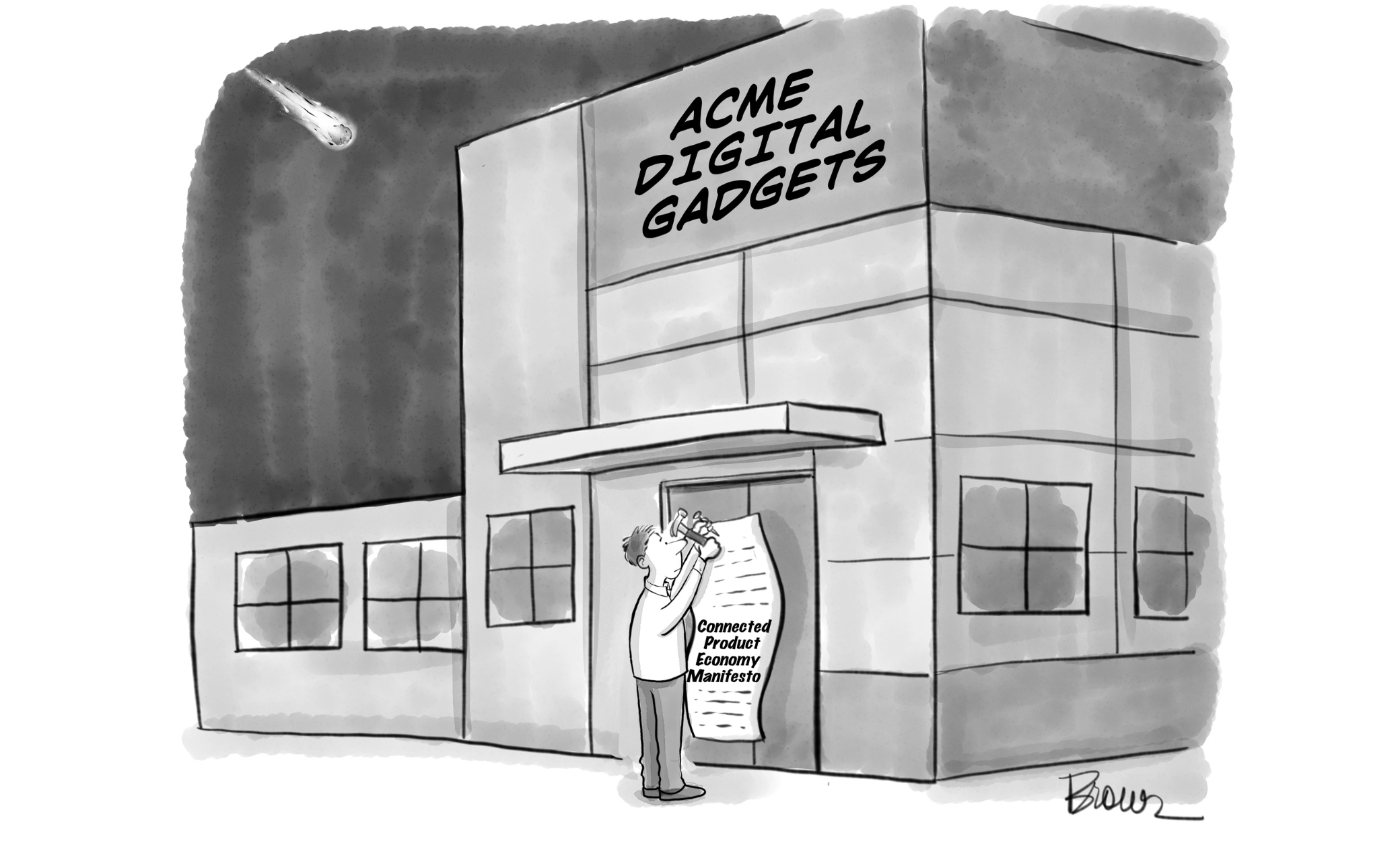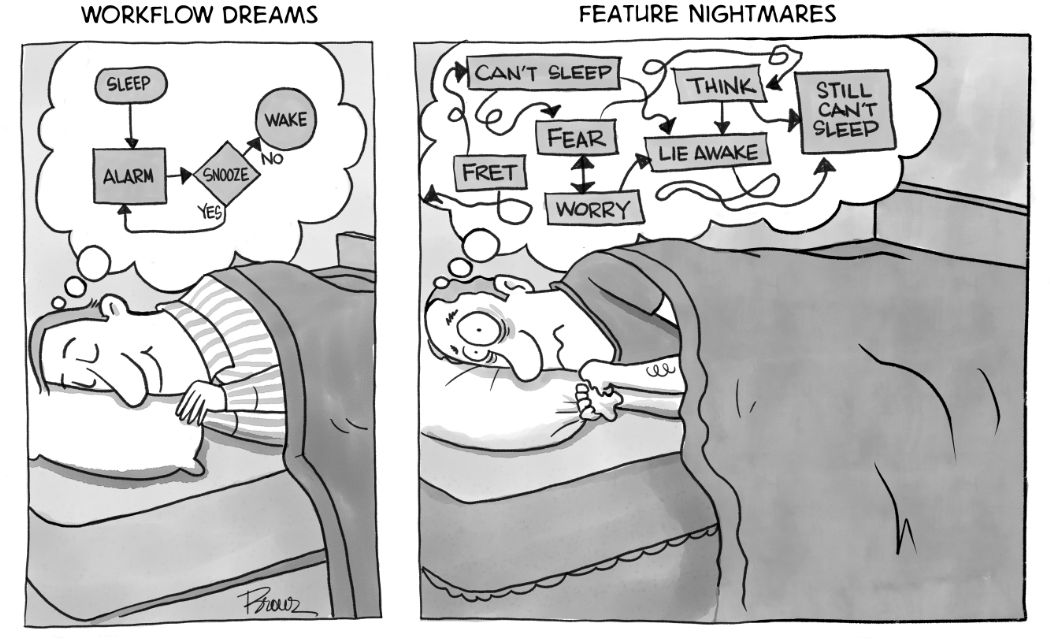By last count, we are in the midst of our fourth Industrial Revolution. By definition, a revolution brings about historical, highly disruptive change. Each Industrial Revolution helped shape the creation of new economies and market segments—and the destruction of others. Geo-political and social forces, even global climate, can influence the rise and fall of economies as we know them.
We easily recognize regional economies and economic systems. But in the past 20 years, it is just as common to speak of the crypto economy, the influencer economy, the creator economy, the crowdsourcing economy, the API economy, the pickleball economy, the subscription economy and so forth. And, of course, underlying much of this is the internet economy. Each of these "economies" was created at the confluence of multiple forces, and their value can be measured in the billions and even trillions of dollars.
I believe one of the largest, most disruptive economies in history is now upon us. Welcome to the Connected Product Economy. The connected product economy is a byproduct of the Fourth Industrial Revolution—where the physical world intersects with inexpensive, powerful compute capabilities and ubiquitous global networking. Almost any physical product can be connected to a network and participate in a bi-directional exchange of sharing information about itself and being remotely managed.
At the core of the connected product economy hundreds of thousands of physical product manufacturers that have produced tens of billions of connected products used by countless consumers worldwide. The product manufacturers are now in a race to transform their entire businesses. This is not merely digital transformation—that's only one step. To be clear, any business that thinks the goal is digital transformation has already lost the batter.
To survive, connected product companies must achieve complete business transformation.
A physically connected—even digitally transformed—product is merely the first step toward creating new offerings, new customer experiences, a window into product utilization insights, new pricing and business models, new support models, elimination of operational and technology silos and, ultimately, a new valuation calculus for shareholders.
We are just beginning the period of adolescence in the connected product economy. This economy had a long gestation period and longer infancy. For more than 30 years, organizations have been connecting products to networks and the internet. However, that connection and basic data acquisition are baby steps toward what is possible and necessary for survival. We are finally at the tipping point.
The connected product economy has the potential to reshape history for hundreds of thousands of businesses and millions of consumers. These times are as perilous as they are exhilarating. I've written a manifesto for connected product companies and their customers as a harbinger of what awaits them.
- The connected product economy is both a multitrillion-dollar extinction and a genesis event. Thousands of companies will perish from failure to evolve. Thousands more will emerge as dominant leaders in every vertical market.
- Winners in the connected product economy will benefit from an entirely new valuation calculus. Success will drive new sources of value that are orders of magnitude greater than prior business value measures.
- Incumbent leaders are at a huge disadvantage because of the law of The Innovator’s Dilemma. There is an anchor of legacy technology, process and risk aversion already holding them back.
- The first wave of change was brought about by the laws of Moore and Metcalf. More efficient compute power and connectivity will drive enormous network effects in business ecosystems.
- The second wave of change will benefit those that eliminate technology and operational silos, embracing orchestration and AI platforms as part of new business processes.
- Winners in the connected product economy must get five things right: mindset, framework, technology, operational transformation and new business model execution.
- For all of the reasons above, this is going to be harder than anything most businesses have ever done. Some will fail because they do not try. Others will fail because they cannot execute. To the winners will go the spoils and trillions of dollars of new market value.
But don't take my word for it yet. In this series of articles I have lined up, I will elaborate on each of the pillars of this manifesto. I will provide details, evidence and anecdotes highlighting the challenges and the path to surviving this existential event. It's an incredibly exciting time for those who seize the opportunity to redefine their business and ultimately dominate their market segment within the connected product economy.


